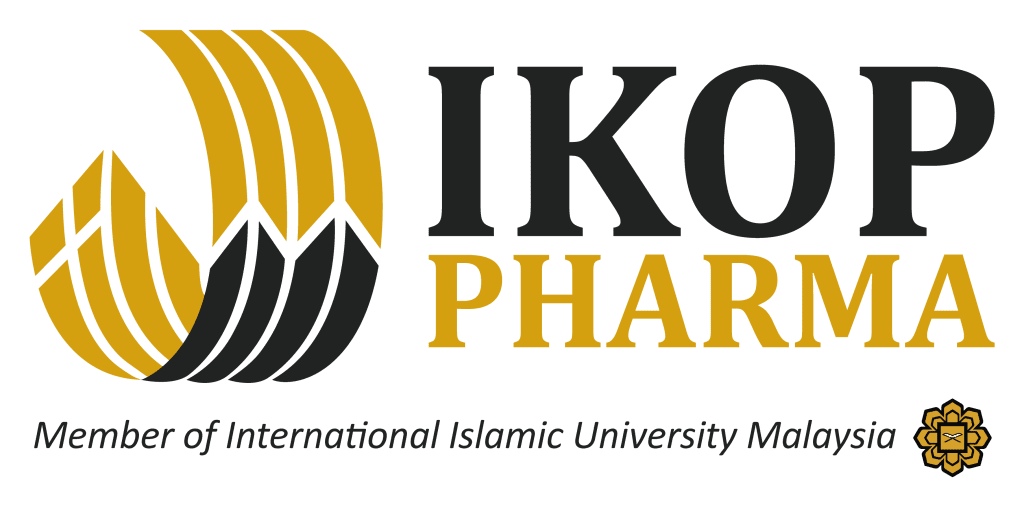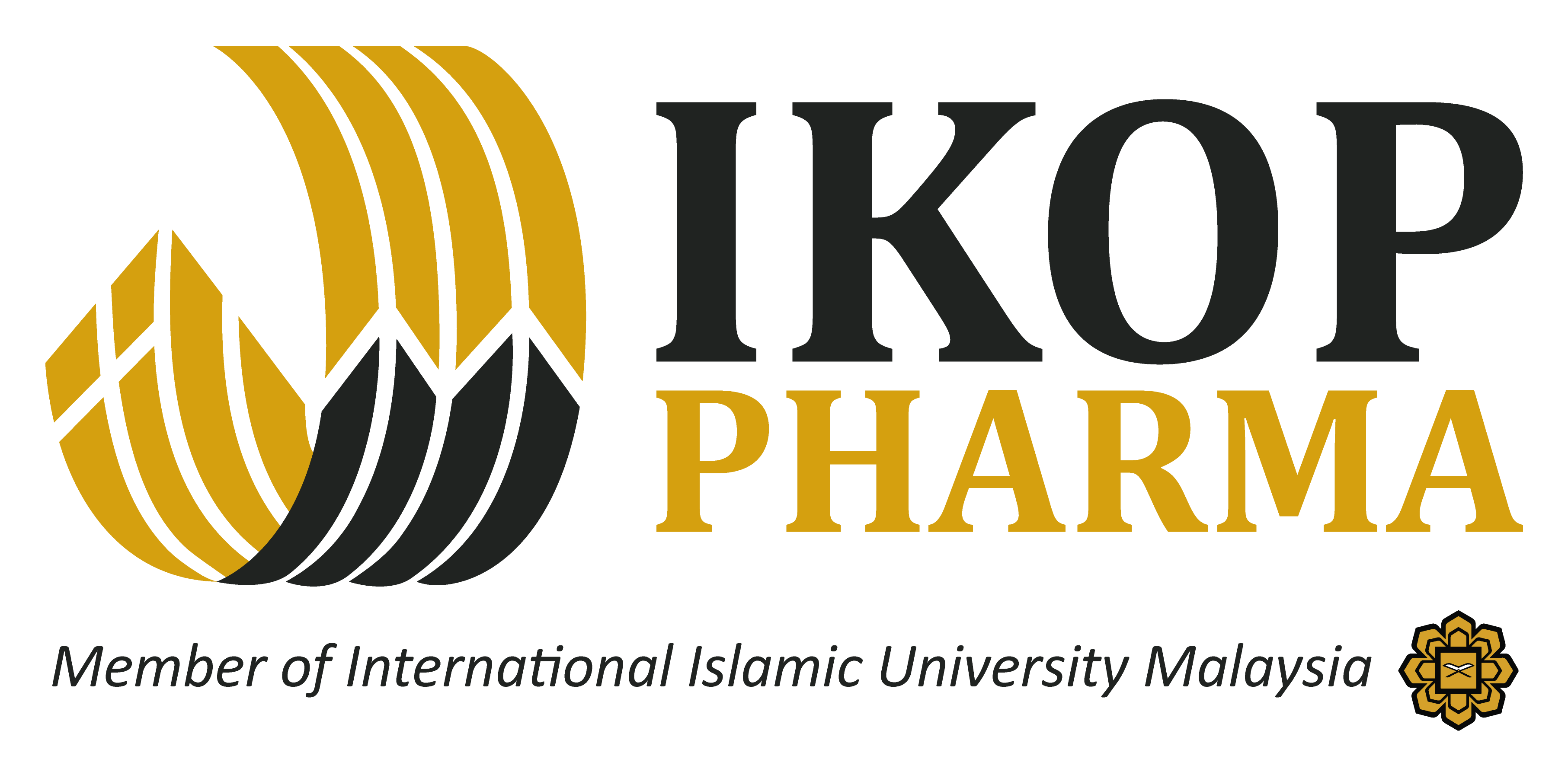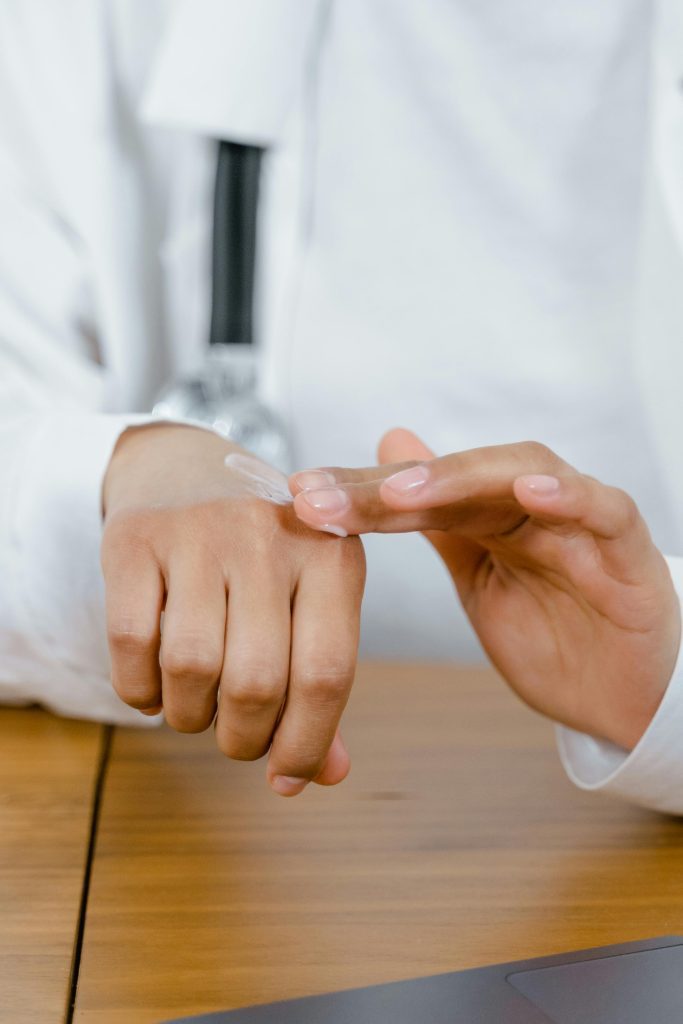
When respiratory discomfort strikes, characterized by that frustrating chest tightness and persistent cough, the body is grappling with a complex inflammatory response. Viruses trigger the immune system, leading to inflammation and swelling of the bronchial passages, while also stimulating mucus production. This combination physically narrows the airways and irritates nerve endings, creating the urge to cough. For generations, two powerful botanical ingredients have been relied upon to provide relief: menthol and eucalyptus oil. Their efficacy isn’t merely folk medicine; it’s grounded in compelling physiological science.
The Cooling Power of Menthol: A Neurological Illusion That Provides Real Relief
Menthol, a compound derived from mint plants, is renowned for the distinct cooling sensation it imparts. This effect is not a physical change in temperature but rather a sophisticated biochemical trick played on the body’s sensory system.
- Activating the Cold Receptors: Our nervous system is equipped with specialized protein channels called receptors that detect specific sensations. Menthol primarily binds to and activates a receptor known as TRPM8 (Transient Receptor Potential Melastatin 8). This is the very same receptor activated by cold temperatures.
- The Brain’s Interpretation: When menthol binds to TRPM8 receptors in the nasal passages and throat, it sends a powerful “cold” signal to the brain. This sensation of cool, airy openness can help override the feeling of congestion and tightness. It creates a perceptible, though subjective, feeling of easier airflow, which is immediately soothing.
- Cough Suppression: The irritation that causes a cough is often relayed through sensory nerves like the vagus nerve. Research suggests that menthol’s action on these nerves can raise the threshold for the cough reflex. Essentially, it makes the nerves less sensitive to the irritants that would normally trigger a coughing fit, providing a calming effect.
In summary, menthol doesn’t physically shrink swollen tissues, but its pharmacological action on our sensory receptors effectively convinces the brain that breathing is easier, while simultaneously damping down the cough reflex.
Eucalyptus Oil: An Expectorant and Anti-Inflammatory Agent
Eucalyptus oil, extracted from the leaves of eucalyptus trees, contains a potent compound called 1,8-cineole (also known as eucalyptol). This compound works through several complementary mechanisms to address respiratory symptoms.
- Mucolytic and Expectorant Action: Thick, stagnant mucus is a primary cause of congestion and a trigger for coughs. 1,8-cineole has been shown to help break down the thick, sticky proteins in mucus (mucolytic action), making it less viscous. Furthermore, it helps stimulate the activity of the cilia—the tiny, hair-like structures that line the respiratory tract. By boosting ciliary function, the body becomes more efficient at moving the loosened mucus up and out of the airways (expectorant action). This helps clear congestion at its source.
- Anti-Inflammatory Properties: Inflammation is the root cause of airway narrowing. Scientific studies have demonstrated that 1,8-cineole possesses significant anti-inflammatory properties. It can inhibit the production of key inflammatory cytokines (signaling molecules), thereby helping to reduce the swelling and irritation in the bronchial tubes. This direct pharmacological action contributes to a tangible improvement in airflow.
- Antimicrobial Effects: While not its primary mode of action for symptom relief, eucalyptus oil has demonstrated mild antiviral and antibacterial properties in laboratory settings. This can contribute to creating an environment less supportive of secondary infections.
The Synergistic Effect: A Powerful Combination
The true power of these natural compounds is realized when they are used together. Menthol provides immediate sensory relief by calming the cough reflex and creating a cooling sensation, while eucalyptus works on the underlying causes by reducing inflammation and actively thinning and clearing mucus.
This multi-targeted approach—addressing both the neurological symptoms and the physiological causes of congestion—makes the combination a formidable ally against respiratory discomfort. The science confirms that these botanicals are more than just pleasant aromas; they are sophisticated tools that interact with our body’s own systems to promote clearer breathing and provide much-needed relief from coughs. When seeking relief, understanding this mechanism allows for a more informed approach to managing cold and flu symptoms naturally and effectively.


















